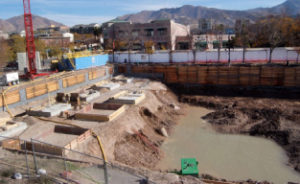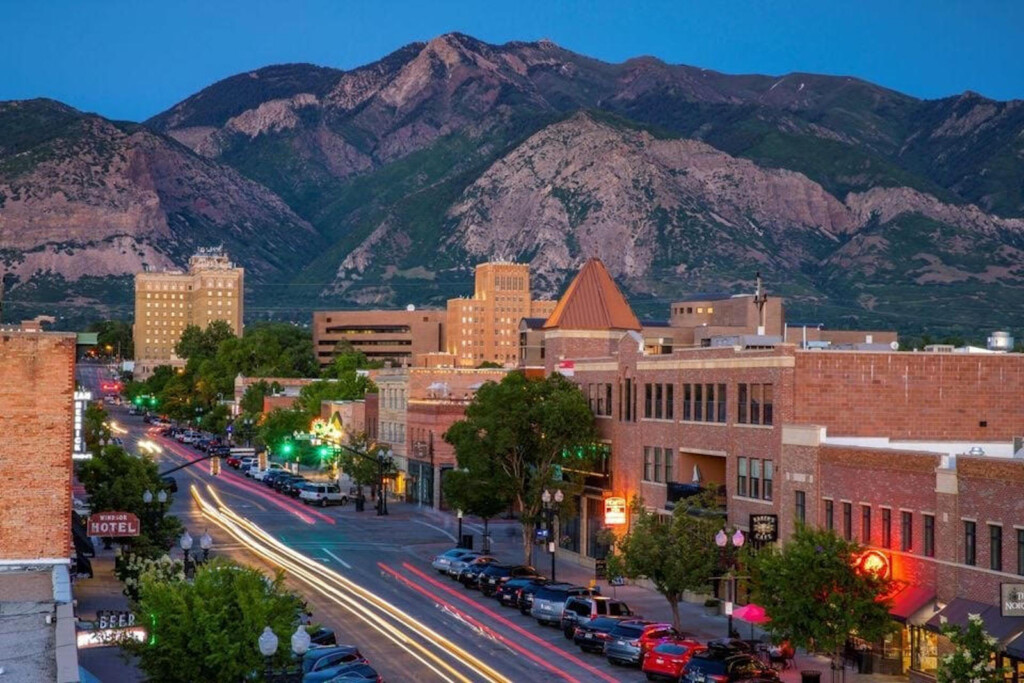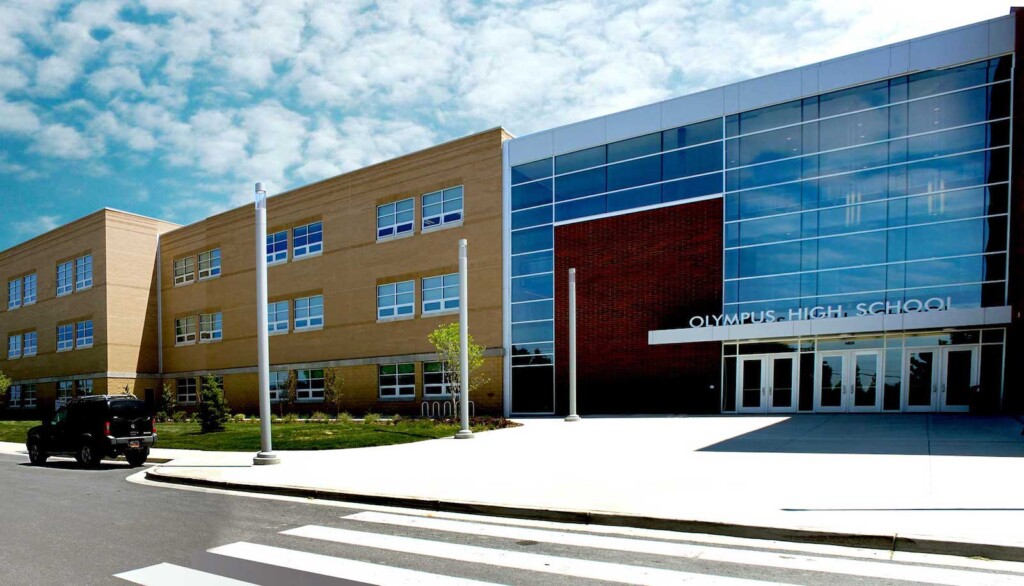
There is water flowing in the bottom of the excavation for the Sugar House Crossing, Mecham Management’s new mixed-use project at the corner of 2100 South and 1100 East. And it’s not just snowmelt. The Crossing is the latest victim of Sugar House’s notorious shallow water aquifer. Wetlands around Parley’s Creek west of 13th East have caused problems for other developers, and may have contributed to the lack of more intense development in that area.
According to Bernard Mo, Drainage Engineer for SLC Public Utilities, this area is an ancient creek bed, laced with faulting and loaded with springs. When the groundwater is confined by soil, it supports the dirt (and man-made structures) above it. But when the containment is removed during excavation, the water flows out and the soil loses its strength.
A few weeks ago, excavation work for Craig Mecham’s three-level underground parking garage was interrupted when a subterranean river broke through the east wall of the dig.
Construction workers had driven pilings into the soil around the perimeter of the site, and installed wooden supports to keep all four sides of the hole from collapsing. But the eastern wall bore the greatest pressure of the westerly flow of groundwater. The soil under the sidewalk and landscaped park strip gave way. Steven Gilbert, whose ArcSitio Design office is just west of the construction site, recorded the blow-out on his cell-phone video camera and caught the moment when a newly-installed roadside water hydrant broke. The most remarkable sight, Gilbert said, was a street tree that was sucked straight down into the pit.
Fortunately, geotechnical engineers had recommended preparing the site with a shoring system that prevented a complete collapse of the eastern wall. When the soil slumped, it hit a retaining wall that had been installed, which prevented the loss of the entire street.
Okland Company workers quickly moved in to repair the damage, and began taking measures to mitigate the problems caused by water that continues to seep into the bottom of the construction site. For now, water is being pumped into an on-site storage facility.
Similar problems confounded construction workers at the site of Johansen-Thackeray and Boyer Company’s Sugar House Commons project in 1998. With the old buildings, asphalt and topsoil removed, excavation for the parking structure near Wilmington Ave. soon reached the top of the shallow water aquifer.
Armand Johansen recalls that they had nineteen pumps going because water kept filling their hole. He said they had to redesign the building like the hull of a ship and surround it with gravel so the groundwater would flow around structure instead of eroding the soil and collapsing the walls. “The change orders,” he said, “cost us a quarter of a million dollars.”
It is a problem that won’t go away, said Mo. Creeks shift, springs migrate, and many aren’t marked on geological maps. The groundwater is affecting future development on the block. Geotechnical engineers are re-evaluating the kind of soils they are dealing with on the Granite block. Mark Isaac, Project Manager for Boulder Ventures Development, said that he is rethinking his plan to build a three-deep parking structure for Phase 2 of the 2100 Sugar House project.





